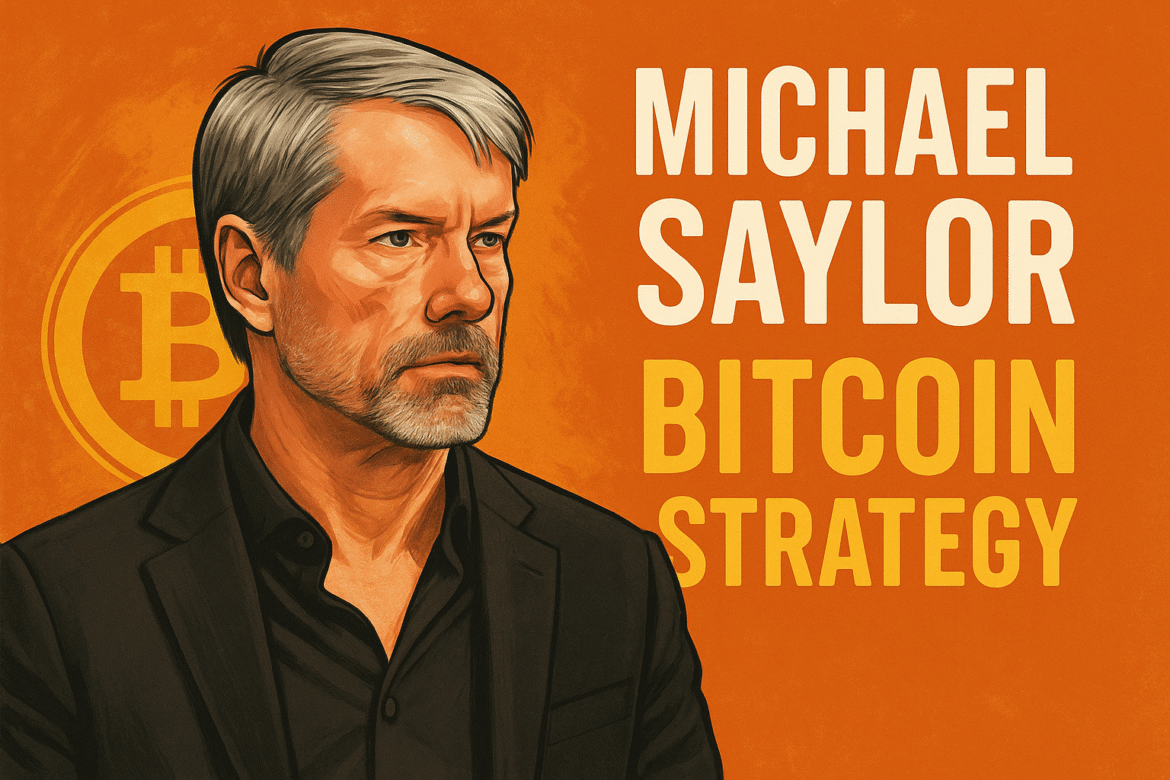In an era defined by uncertainty and shifting geopolitical fault lines, the world’s largest cryptocurrency, Bitcoin, is making headlines once again—but this time not merely for speculative fervor. Rather, Bitcoin is rising like a phoenix amid political turmoil, drawing renewed attention as a possible safe-haven asset and hedge against instability. Whether the backdrop is a looming government shutdown in the United States, trade-war dynamics, or regional political crises, investors appear increasingly willing to look to Bitcoin as a tool for navigating turbulent waters.
In this article, we’ll unpack why Bitcoin’s recent surge is strongly tied to political and macro-economic instability, explore how the interplay of geopolitical risk, digital-asset adoption, and market sentiment is evolving, and assess the implications for investors and traders alike. We’ll delve into the catalysts behind the rise, evaluate Bitcoin’s positioning in a broader financial-market context, and shed light on the longer-term narratives that are being rewritten amid these shifting sands. Along the way, we’ll weave in related phrases such as “crypto safe-haven”, “digital-asset hedge”, and “flight to alternatives” to ensure we’re capturing the full spectrum of discussion. By the end, you’ll have a clearer grasp of how Bitcoin is behaving in this era of global uncertainty—and what it might mean for your portfolio.
Political Turmoil as a Catalyst for Bitcoin’s Surge
When global politics become unpredictable, markets respond, and Bitcoin often moves into the limelight.
Government Shutdowns and Risk-Asset Reactions
One of the more immediate and visible catalysts for Bitcoin’s upward trajectory has been political deadlock and dysfunction. For instance, the recent fear of a U.S. government shutdown coincided with fresh upside for Bitcoin, as wider investor sentiment gravitated away from conventional assets into alternatives. According to market reports, Bitcoin surged to a multi-month high of around $120,000 on investor concerns tied to U.S. political instability and ETF inflows. This dynamic underscores how, during moments of fiscal uncertainty or institutional gridlock, Bitcoin can act less like a speculative play and more like a hedge or haven.
Geopolitical Conflict and Safe-Haven Flows
Beyond domestic politics, broader geopolitical risk has also helped prop up Bitcoin’s appeal. A report noted that Bitcoin and gold both hit record values amid uncertainty caused by the U.S. government shutdown and political upheaval in France. In times when investors fear adverse economic policy, currency debasement, or global disruption, Bitcoin is increasingly being framed as part of the “flight to alternatives” conversation—akin to traditional safe-havens yet distinct given its digital nature.
Political Action, Crypto Regulation, and Narrative Shifts
Political developments also shape the narrative around regulation, institutional adoption, and the very role of Bitcoin in financial systems. For example, discussions around central banks, digital currencies, and crypto oversight reflect how political action influences Bitcoin’s broader positioning. As governments weigh their responses to digital-asset growth, Bitcoin’s status evolves—not just as a speculative token but potentially as a structural hedge in uncertain times. In short, political turmoil is not just peripheral noise in Bitcoin’s world—it is increasingly a core driver of sentiment, narrative, and capital flows, which in turn help explain why Bitcoin is rising amid the chaos.
Why Bitcoin Is Serving as a Digital Alternative Asset
 Understanding Bitcoin’s surge amid political instability requires a closer look at how it is being perceived—and how that perception is shifting.
Understanding Bitcoin’s surge amid political instability requires a closer look at how it is being perceived—and how that perception is shifting.
From Speculation to Strategic Positioning
Bitcoin’s early years were dominated by speculative trading, price swings, and “get-rich-quick” narratives. Today, amid increased institutional involvement and evolving investor behaviour, Bitcoin is being repositioned in some quarters as a strategic alternative asset. The concept of a “digital-asset hedge” is gaining traction. According to research, during periods of heightened uncertainty, Bitcoin’s safe-haven or hedging role tends to be stronger. While the effect is far from uniform across time, the correlation between political risk and Bitcoin’s price action appears meaningful.
Demand, Inflows, and Institutional Adoption
Bitcoin’s rise amid political turmoil is also supported by tangible flows. ETF inflows, exchange-reserve declines, and large-wallet accumulation all signal structural interest beyond retail hype. For example, one news item noted that inflows into U.S. spot Bitcoin ETFs surged as political concerns mounted. This transition—from retail-driven frenzy to strategic accumulation—helps reinforce the narrative of Bitcoin as more than just a trading token; it’s part of a larger global capital movement.
Alternative Currency, Dollar Pressur, and Market Imbalances
Another dimension bolstering Bitcoin is the pressure on fiat currencies, especially the U.S. dollar, amid political and fiscal stress. With governments under strain and public finances under scrutiny, the idea of currency debasement or weakened purchasing power becomes more salient. Bitcoin, as a global, borderless digital asset, gains appeal in this context. For instance, a commentary noted that investor fears of fiat-currency depreciation and governmental dysfunction helped drive Bitcoin gains. T, Bitcoin serves as a kind of hedge not only against volatility, but against systemic currency risk—particularly when political decisions impact monetary policy and fiscal credibility. Together, these dynamics explain why Bitcoin is being embraced as an alternative asset in times of political turbulence—not just by niche participants, but increasingly by more mainstream capital.
Technical Landscape and Price Behaviour in Turbulent Times
While narrative and flows matter, it’s critical to examine the technical and market mechanics behind Bitcoin’s rise amid political uncertainty.
Price Breaks and Volatility Patterns
In a typical scenario, heightened uncertainty yields elevated volatility. Indeed, Bitcoin’s price behaviour around recent political-risk episodes shows this pattern: spikes, sharp moves, and breakouts. One report observed that Bitcoin’s volatility index moved upward amid a U.S. shutdown. And another noted that Bitcoin briefly vaulted above $125,000 as political fears weighed on markets. What’s notable is that while Bitcoin’s rise is tied to narrative, its technical progression also reflects consolidation, breakout llevelsand support/resistance behaviour aligning with risk sentiment.
Support Zones, Resistance Bre, asks, and Momentum Triggers.
When political catalysts align with market flows, technical levels matter. For instance, Bitcoin breaking above critical thresholds such as the $120,000 range signals institutional conviction and helps sustain momentum. The ascent above that level in the recent run was not purely narrative—it represented a technical threshold being surpassed. On the flip side, when political risk recedes or the catalyst fades, Bitcoin may face pullbacks or consolidation. The dual effect of narrative + technical support is thus crucial for understanding price behaviour in turbulent contexts.
Risk Management and Market Sentiment Indicators
In times of elevated political risk, market sentiment indicators and risk-management metrics become especially salient. For Bitcoin, metrics like exchange reserves (Bitcoin held on exchanges), wallet accumulation, futures open interest, and ETF flows help indicate whether the asset is responding to risk-on or risk-off behaviour. For example, data showing falling exchange reserves often signal accumulation. When combined with political uncertainty, these metrics point to more than just short-term trading; they suggest structural positioning. Monitoring these signals is therefore critical for traders and investors looking to understand Bitcoin’s rise amid instability. In summarising the technical landscape, Bitcoin’s surge amid political turmoil is not only narrative-driven but also structurally supported by market mechanics that reflect heightened interest, accumulation, and breakout behaviour.
Implications for Investors and Traders
Bitcoin’s rise amid political instability carries specific implications depending on one’s investment horizon and risk tolerance. Understanding how to respond is key.
For Long-Term Investors
For those holding Bitcoin with a multi-year perspective, the current environment can be seen as reinforcing a broader thesis: Bitcoin as digital gold, a hedge against monetary and political risk. The fact that Bitcoin is rising amid global political concerns may strengthen its narrative of being a crisis buffer asset. In this light, investors might view the ascent as confirmation of Bitcoin’s role in a diversified portfolio, especially when traditional assets face weakness due to political or fiscal strain.
For Short-Term Traders
Traders face a different set of implications. The fact that political risk is driving Bitcoin’s move means volatility may stay elevated, and direction may hinge on new catalysts. For short-term strategies, this means staying alert to political developments, monitoring flows and sentiment, and being prepared for rapid reversals if the narrative shifts. Technical levels become even more important when narrative-driven flows dominate the market.
Risk Management in an Unstable Environment
Regardless of horizon, risk management is non-negotiable. Political collapses, unexpected policy announcements, or regulatory interventions can cause swift market turnarounds. Even though Bitcoin is rising now, the very same environment of instability can work in reverse. Investors should define clear stop-loss or hedge strategies, ensure they’re comfortable with the risk profile of their exposure, and remain cognizant of the possibility of both upside and downside surprises in a politically charged market. In essence, Bitcoin’s rise amid political instability is an opportunity—but one that requires discipline, awareness, and a clear understanding of how the asset is interacting with broader geopolitical risk.
What Could Derail the Bitcoin Surge? Risks to Watch
 Even as Bitcoin climbs during political turmoil, several risks could interrupt or reverse the momentum. Awareness of these is essential for any participant.
Even as Bitcoin climbs during political turmoil, several risks could interrupt or reverse the momentum. Awareness of these is essential for any participant.
Regulatory Crackdowns and Policy Reversals
One of the largest risks to Bitcoin arises not from politics per se, but from new regulatory actions. If governments respond to increased crypto usage during instability by imposing tighter controls, tax regimes, or bans, Bitcoin’s ascent could face headwinds. The regulatory environment remains fluid, and growing political exposure for Bitcoin can attract scrutiny. Research emphasises that policy uncertainty is a fundamental driver of Bitcoin’s price formation.
Resolution of Political Uncertainty Without Structural Change
Another risk: if the immediate political crisis resolves—say a government shutdown ends or trade tensions cool—without provoking structural change in markets, Bitcoin may suffer a correction. In other words, if the narrative of instability retreats, some of the safe-haven demand may fade, reducing the upward momentum.
Macro-Economic Shifts and Liquidity Constraints
Finally, broader macro-economic conditions—such as rising interest rates, dollar strength, or tightening liquidity can offset political risk-driven flows into Bitcoin. If traditional markets stabilize and capital rotates away from alternative assets back toward equities or fixed income, Bitcoin’s rise may stall or reverse. Indeed, the interplay between political risk and macro conditions remains a key determinant of whether gains hold or fade.
The Longer-Term Narrative: Beyond the Current Surge
While the immediate rise of Bitcoin amid political turmoil captures attention, it also prompts bigger questions about Bitcoin’s role going forward.
Bitcoin as a Structural Risk-Asset or Crisis Hedge?
Historically, Bitcoin has oscillated between being a high-growth speculative asset and a potential hedge against systemic risk. The current environment leans more toward the latter: as political uncertainty rises, Bitcoin is viewed as an alternative to traditional finance. That shift could herald a structural change in how Bitcoin is positioned within global financial portfolios. As research notes, the determinants of Bitcoin price go beyond speculation—incorporating macro, political, and behavioural dimensions.
As institutions increase their exposure to Bitcoin and related digital assets, the surge amid a political crisis may be just part of a larger maturation process. Increased ETF flows, institutional wallet activity, ty and corporate adoption all suggest that Bitcoin’s rising role is not ephemeral. This maturing may reinforce Bitcoin’s resilience—making it less of a novelty and more of a recognized alternative asset class.
Geopolitical Risk, Currency Debasement and the Role of Bitcoin
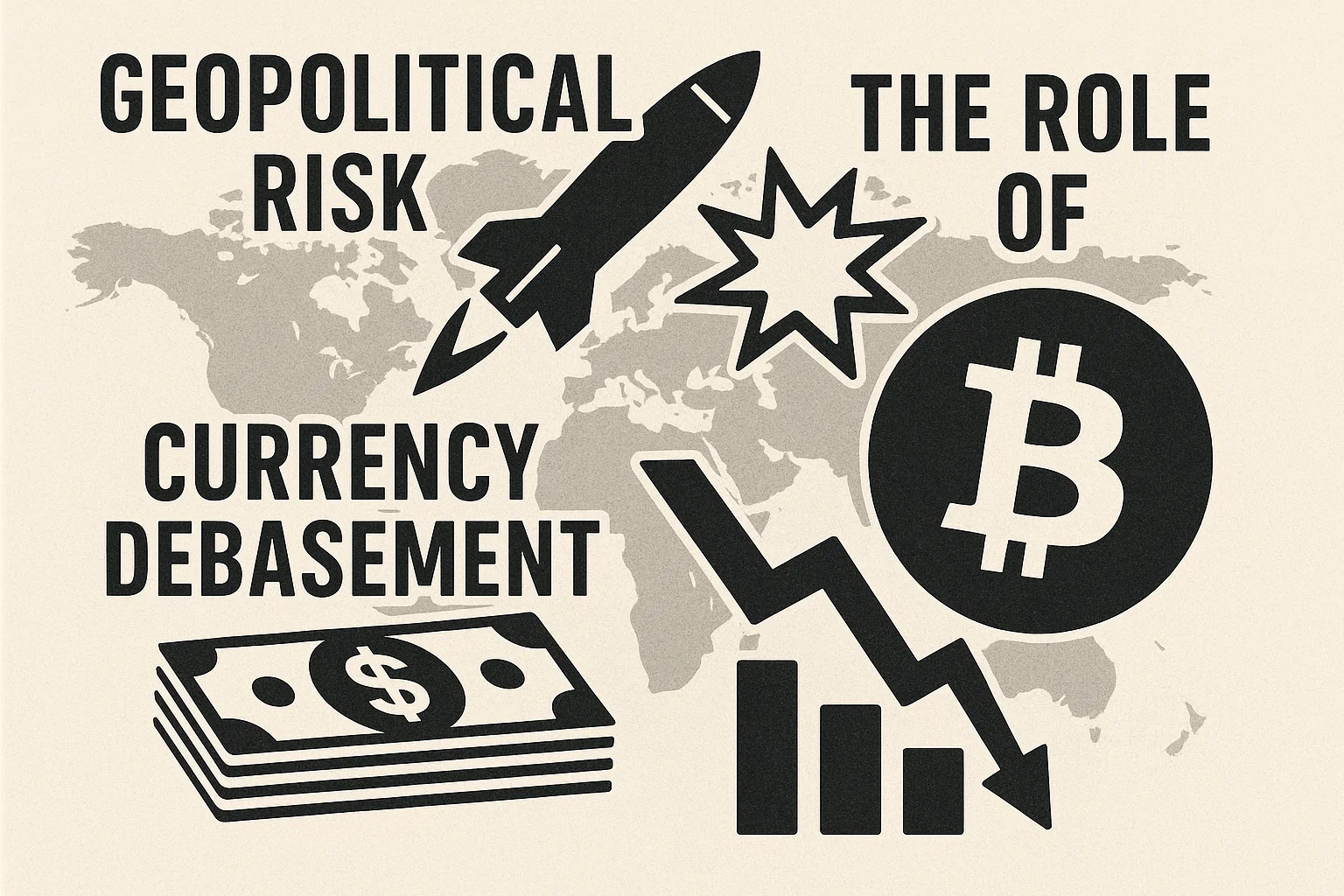
Looking ahead, the intersection of political instability, monetary policy, currency debasement, and digital asset adoption may create an environment where Bitcoin plays a key structural role. Whether as a hedge against fiat erosion or as part of a diversified “alternative” bucket, Bitcoin’s ascent amid political turbulence might mark a turning point in its evolution. Investors who recognise this shift may be better positioned for what comes next. In short, while the current rise is interesting, its significance may be greater. It could reflect Bitcoin’s deeper transformation from fringe asset to mainstream strategic allocation.
Conclusion
Bitcoin’s rise amid current political turmoil is more than a coincidence—it’s a reflection of shifting investor sentiment, evolving asset narratives, and structural capital flows. As governments face shutdowns, trade tension, and fiscal strain, Bitcoin has emerged as part of the conversation around safe havens, alternative asseassetsand hedges against instability. The combination of geopolitical risk, institutional demand, and technical breaks has propelled this surge.
For long-term investors, the ascent reinforces Bitcoin’s potential role as a portfolio diversifier or crisis hedge. For traders, it signals an environment where narrative, flow, and politics matter more than ever, and where volatility can be both an opportunity and a risk. That said, the rise is not without vulnerabilities—regulatory interventions, macro reversals, or narrative collapse could counteract the momentum.
Ultimately, whether Bitcoin continues to climb or stabilises, understanding its connection to political turbulence is critical. It is in this nexus that Bitcoin’s evolving role becomes clear: not just as a speculative play. But as a digital alternative asset, it navigates the fault lines of global instability. For those engaged in this space, staying alert to political signals, regulatory shifts, and flow metrics will be key to harnessing or protecting.
FAQs
Q: Why is Bitcoin rising when political instability increases?
Bitcoin tends to rise amid political instability because investors seek assets that are less tied to traditional financial systems and fiat-money risk. In such times, Bitcoin is increasingly seen as a digital alternative and a potential hedge—hence its rise. For example, its gains during recent U.S. government shutdown fears illustrate this dynamic.
Q: Does this mean Bitcoin is now a safe-haven asset like gold?
Not exactly in the same way as gold, but there is a growing narrative of Bitcoin serving a safe-haven or crisis-hedge role. Research indicates that during periods of heightened risk, Bitcoin’s behaviour resembles. That of alternative assets—but it remains more volatile and less established than gold.
Q: Should I invest in Bitcoin because of political risk?
Investing solely based on political risk can be risky. While political turmoil can drive Bitcoin’s price upward, it can also reverse quickly if the narrative changes. It’s important to understand your investment horizon, risk tolerance, and portfolio role. Diversification and risk management remain key.
Q: What are the key risks to Bitcoin’s rise in this political context?
The main risks include regulatory crackdowns (governments tightening crypto rules), resolution of the political crisis without structural change (reducing safe-haven flows). The macro shifts (rising rates or dollar strength) reduce appetite for alternative assets. Monitoring these variables is essential.
Q:Will Bitcoin’s role change permanently because of this politically driven rise?
It might. The current rise could mark a broader shift in how Bitcoin is perceived. High-growth speculative token to recognized alternative asset or hedge. As institutional adoption grows and narratives evolve, Bitcoin’s role in portfolios may become more structural. However, the transition will likely be gradual and subject to many variables.
Read more. Bitcoin reaches $100K Political Tech and Crypto’s Future




 Technical analysis remains a core tool for traders and analysts in forecasting how price action may evolve. For Bitcoin, specific resistance and support zones have emerged that now serve as boundaries for potential sideways trading.
Technical analysis remains a core tool for traders and analysts in forecasting how price action may evolve. For Bitcoin, specific resistance and support zones have emerged that now serve as boundaries for potential sideways trading.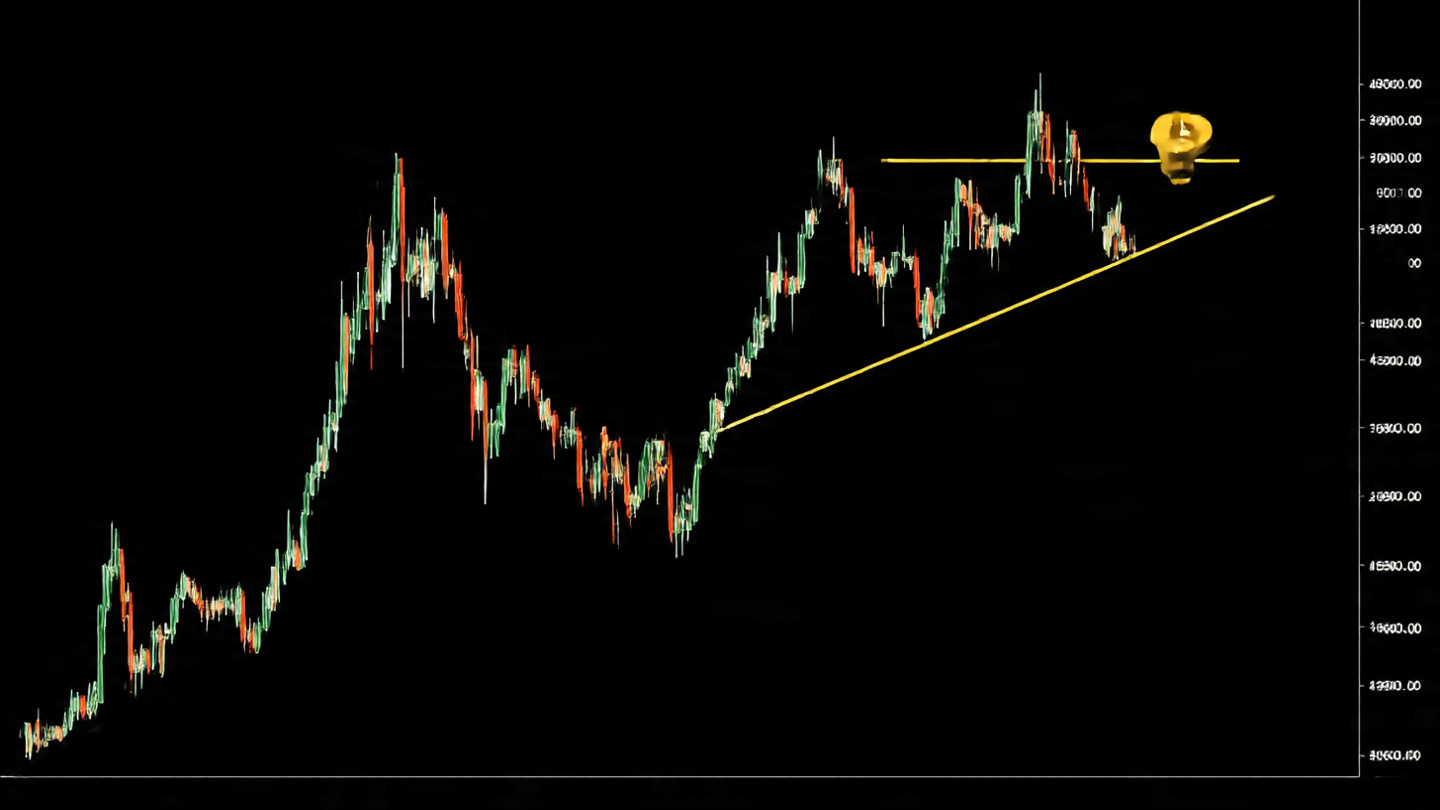 It’s essential to frame the current sideways phase within a longer-term context. Even if this month or the following weeks are marked by range-bound action, that does not negate longer-term bullish narratives for Bitcoin.
It’s essential to frame the current sideways phase within a longer-term context. Even if this month or the following weeks are marked by range-bound action, that does not negate longer-term bullish narratives for Bitcoin.


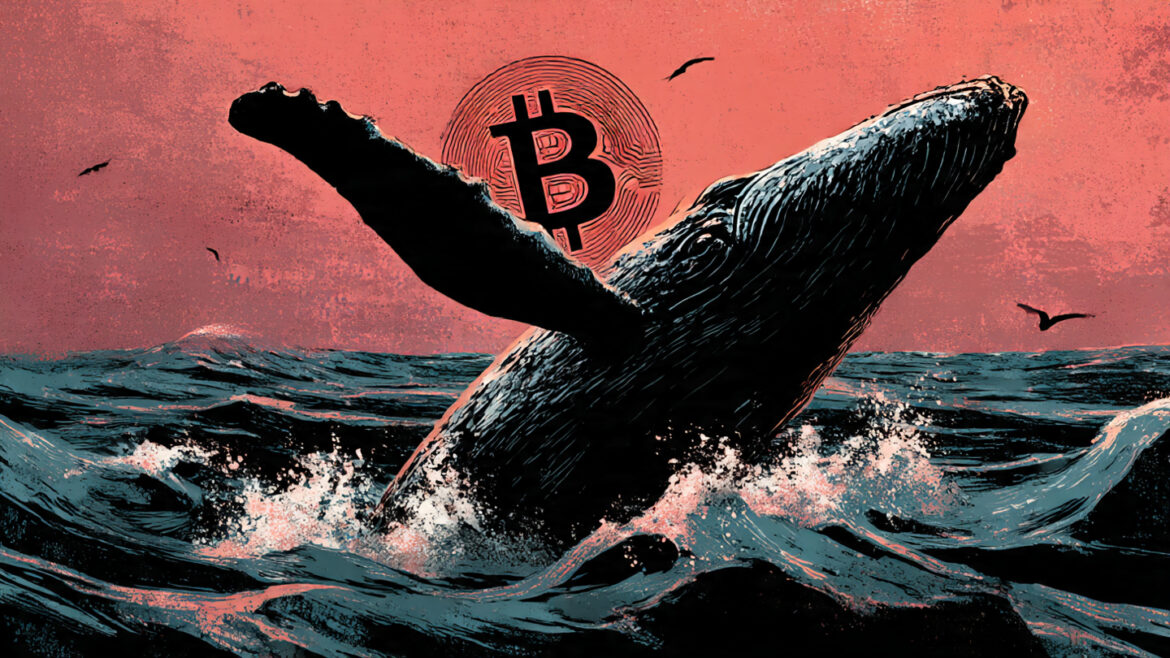
 From November 4 through November 8, this new whale segment reportedly racked up over US $1 billion in losses. On successive days, realized losses were approximately: –$286.4 million (Nov 4), –$90.7 million (Nov 5), –$107.5 million (Nov 6), –$515.1 million (Nov 7), and –$5.1 million (Nov 8) according to the data.
From November 4 through November 8, this new whale segment reportedly racked up over US $1 billion in losses. On successive days, realized losses were approximately: –$286.4 million (Nov 4), –$90.7 million (Nov 5), –$107.5 million (Nov 6), –$515.1 million (Nov 7), and –$5.1 million (Nov 8) according to the data.



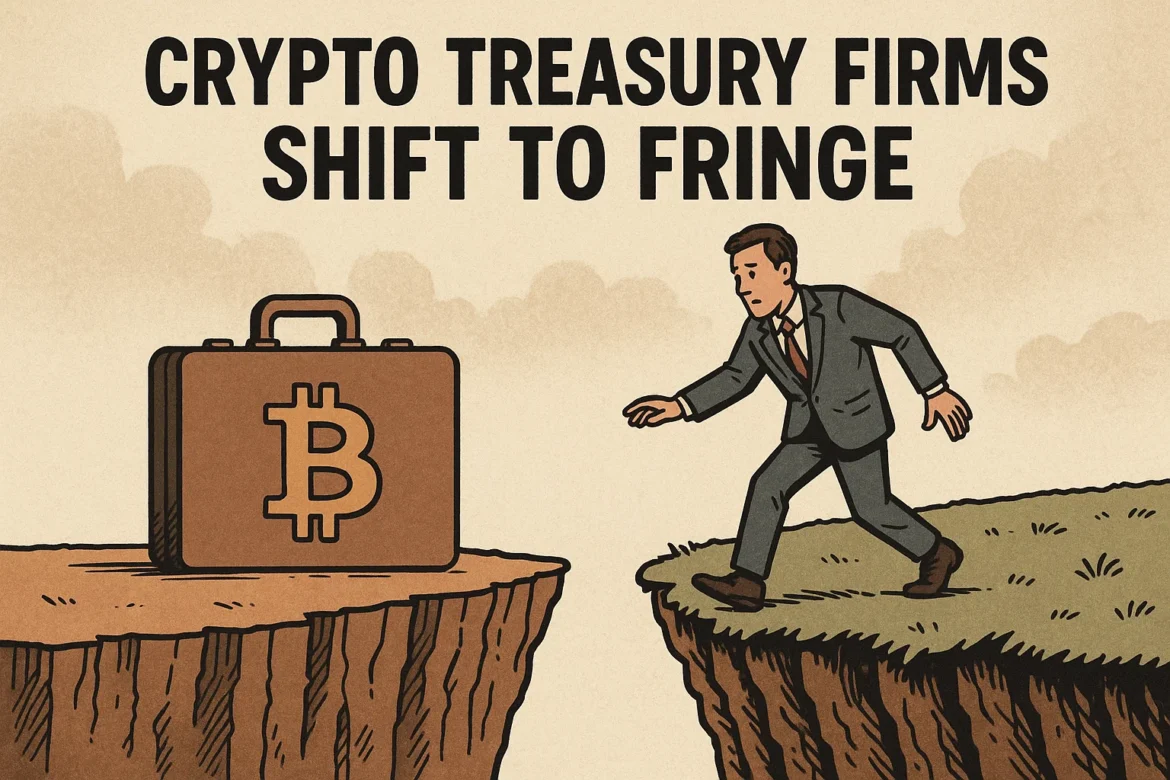
 The shift of treasury firms into fringe tokens changes the supply-demand dynamic for those tokens. As new institutional flows enter emerging digital assets, valuations may rise rapidly, which in turn can attract retail speculation and potentially bubbles. Conversely, when sentiment turns, those tokens may fall harder than mainstream assets due to lower resilience.
The shift of treasury firms into fringe tokens changes the supply-demand dynamic for those tokens. As new institutional flows enter emerging digital assets, valuations may rise rapidly, which in turn can attract retail speculation and potentially bubbles. Conversely, when sentiment turns, those tokens may fall harder than mainstream assets due to lower resilience. Firstly, it can provide signals. When corporate treasuries announce the accumulation of particular tokens, that may draw attention to those assets and potentially impact their price. Tracking which tokens treasury firms are buying may offer insight into emerging trends.
Firstly, it can provide signals. When corporate treasuries announce the accumulation of particular tokens, that may draw attention to those assets and potentially impact their price. Tracking which tokens treasury firms are buying may offer insight into emerging trends.





